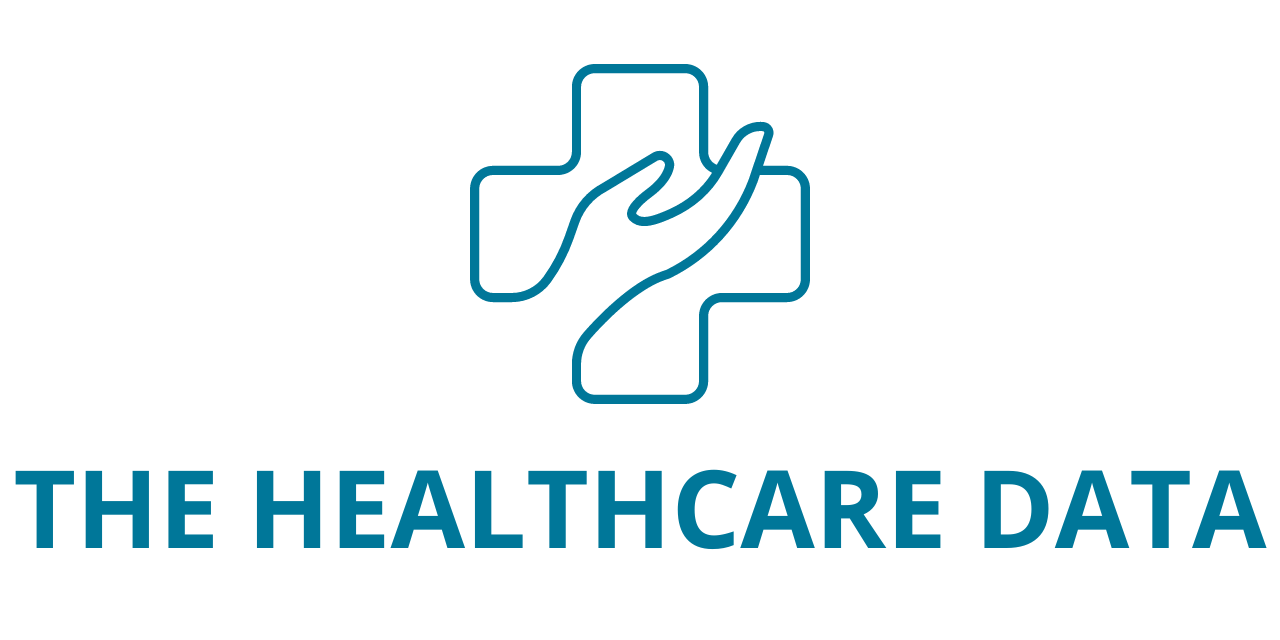During Pulmonary Hypertension Awareness Month, two European studies emphasize the urgent need for improved diagnosis and treatment of pulmonary hypertension linked to interstitial lung disease.
Pulmonary Hypertension (PH) is a condition characterized by high blood pressure in the pulmonary arteries, which carry blood from the heart to the lungs. Interstitial Lung Disease (ILD) refers to a group of disorders causing scarring and inflammation in lung tissue, impairing lung function and disrupting oxygen transfer. When PH occurs alongside ILD, it complicates the condition, worsening its severity and making treatment more challenging.
A qualitative study involving clinical experts, representatives from the Pulmonary Hypertension Association of Europe (PHA Europe), the European Pulmonary Fibrosis Federation (EU-PFF), ORPHA Strategy Consulting, and pharmaceutical company Ferrer, provides new insights into the experiences of patients and caregivers living with PH-ILD. Published in Pulmonary Circulation, the study highlights the importance of early detection and the barriers patients face in accessing adequate care and information.
The study reveals that diagnosing PH-ILD can be difficult, often taking 2-3 years and involving multiple doctors. As Hall Skaara from PHA Europe notes, “It takes on average 2-3 years and at least 3 doctors for an individual to receive an accurate diagnosis of PH-ILD due to the complex nature of this disease.” This delay in diagnosis contributes to the high burden of the disease, which significantly impacts patients’ quality of life. Dr. Lucilla Piccari, pulmonologist at Hospital del Mar in Barcelona, stresses, “Time is crucial, and early detection can lead to better outcomes.”
Patients living with PH-ILD face critical challenges, particularly breathlessness and reduced mobility, which greatly affect daily activities, hobbies, and travel. “Expectations for PH-ILD treatments are focused on improving patients’ quality of life, particularly in relation to disease symptoms and physical functioning,” says Steve Jones, representative of the EU-PFF. The study found that improving physical functioning, rather than seeking a cure, is a major treatment priority for patients.
The study also highlights the absence of approved treatments for PH-ILD in Europe, despite specific treatments being available in the United States. This reinforces the need for better management strategies in Europe, where a questionnaire-based survey revealed significant gaps in diagnosis and treatment. The survey, which included clinical perspectives from pulmonologists, cardiologists, and rheumatologists in France, Germany, Italy, Spain, and the UK, found a strong demand for robust screening protocols and effective therapies.
Clinicians reported that the off-label therapies prescribed for the PH component of PH-ILD showed limited efficacy. For treating ILD, doctors often use immunosuppressive and antifibrotic medications, but the overall management of PH-ILD remains insufficient. The study, published in ERJ Open Research by Professor David Montani and colleagues, calls for greater educational efforts, multidisciplinary collaboration, and increased research on PH-ILD.
The researchers suggest that further qualitative studies could help inform patient-centered clinical trials and improve care by focusing on what matters most to patients and caregivers.





